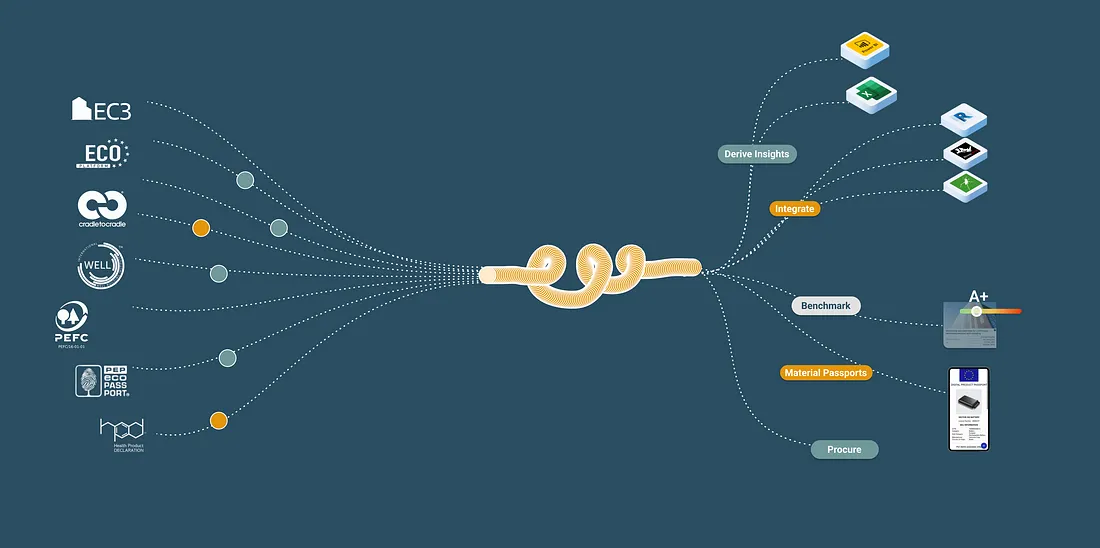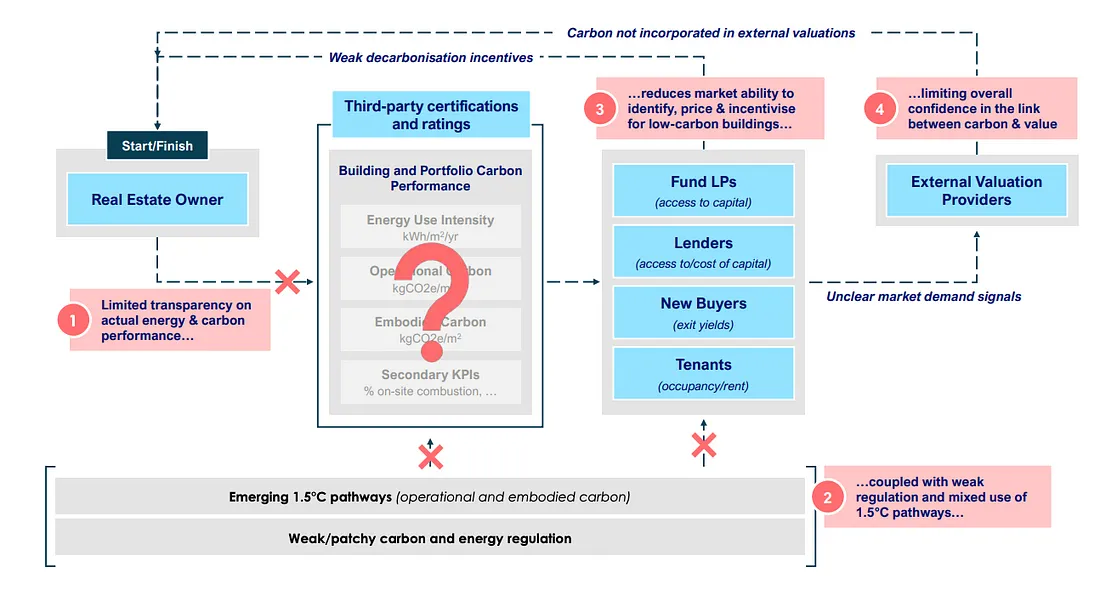Can We Build Without Concrete?

Image by Christian
As weather events continue to ravage cities around the world, with New York City’s subway system shutting down due to record rainfall, the need for sustainable construction has never been more critical.
Climate change is making extreme weather events increasingly common, and traditional construction practices exacerbate the problem. Concrete, a fundamental component of modern infrastructure, plays a significant role in this issue, contributing to 11% of global carbon emissions from the construction sector. So, the question arises: Can we build without concrete while still protecting our environment and addressing climate change?
Concrete's Environmental Impact
Concrete has been a cornerstone of construction for centuries, but its production has a severe environmental cost. Cement, the binding agent in concrete, is a major source of carbon emissions. The five billion tonnes of cement produced annually account for 8% of man-made CO2 emissions worldwide, placing it among the top sources of greenhouse gases, alongside coal, oil, and gas.
Sustainable Alternatives
Researchers and innovators worldwide are exploring alternatives to traditional concrete to mitigate its environmental impact:
1. Cement-Free Solutions:
Companies like Betola, a materials technology company, has developed a cement-free alternative to traditional concrete. By analyzing local industrial waste using artificial intelligence, they create composite materials that can reduce CO2 emissions by up to 80%. While promising, scalability remains a challenge.
2. Hempcrete:
Hempcrete is an intriguing alternative that combines hemp fibers with lime to create a fireproof, thermally efficient building material. While it offers significant carbon savings, it may not replace concrete in major infrastructure projects due to its mechanical limitations.
3. Engineered Timber:
Cross-laminated timber (CLT) is emerging as a more sustainable alternative. Strong and versatile, CLT can replace steel and concrete in various building types, including residential structures. Timber buildings are quieter, quicker to construct, and can be designed for fire safety.
4. Rammed Earth:
Rammed earth is gaining recognition as a more sustainable alternative to traditional concrete, utilizing an ancient construction technique that compresses natural materials into sturdy structures. This method offers environmental benefits, including a lower carbon footprint by minimizing energy-intensive concrete production processes. Abundant, locally sourced earth-based materials reduce transportation-related environmental impact, and the excellent thermal mass properties provide natural insulation, reducing the need for additional heating or cooling. Moreover, the durability of rammed earth buildings lowers the frequency of reconstruction, contributing to further environmental mitigation. Despite challenges, such as adaptability to seismic regions and specific soil requirements, rammed earth stands out as a compelling and environmentally conscious choice in line with global efforts to explore sustainable construction alternatives.
Challenges and Future Directions
While these alternatives show promise, challenges remain in terms of scalability and addressing specific construction needs. Furthermore, green construction often comes with a higher price tag, raising questions about affordability for the average homeowner.
Conclusion
Building without concrete is a compelling goal for reducing the construction industry’s carbon footprint. While some innovative materials and techniques are making strides in this direction, a broader shift towards sustainability will require collaboration between industry stakeholders, architects, engineers, and consumers.
As customers increasingly demand low-carbon buildings, the construction industry must continue to innovate and prioritize environmentally responsible practices.
Ultimately, the pursuit of sustainability may come down to a fundamental question: Is it worth investing more in eco-friendly construction to uphold our values and protect our planet? For many, the answer is yes, as they consider the long-term well-being of both their families and the Earth.
Platforms like 2050 Materials offer a large library of sustainable building materials that can help professionals in the industry find beautiful and sustainable materials to build projects with the minimum impacts possible on the environment.
Register on our platform for free today to explore alternative materials.
Related articles

The Age of Integration — 10 Examples of Integrating Carbon Data in AEC, and Why They Matter
By integrating carbon data into the target-setting process, stakeholders can base their goals on real, actionable data, leading to more effective and sustainable project outcomes.
Read more
Net Zero is a Data Integration Problem
In recent years, numerous organizations in real estate and infrastructure have committed to ambitious net zero targets. This means reducing reliance on non-renewable energy and materials and adopting more sustainable design, engineering and procurement practices.
Read more
Tapping into the Low-Carbon Real Estate Market
This article is based on a paper by Leaders of the Urban Future (LOTUF) in partnership with Systemiq and highlights the required steps to decarbonizing in the real estate sector for a greener future.
Read more